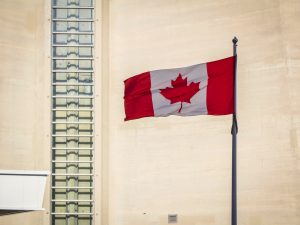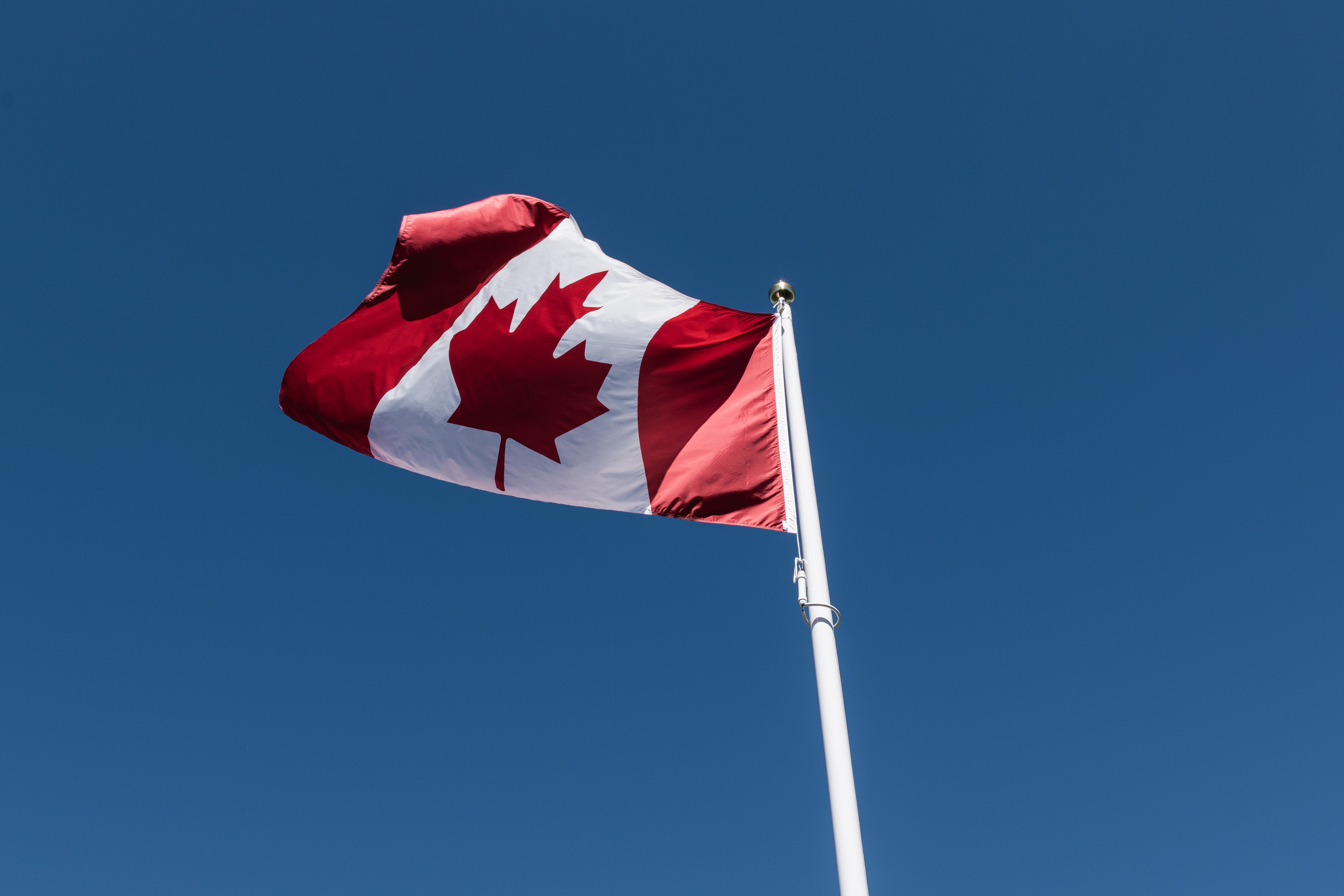Opioid users depend on Canada’s safe supply programs. Will social distancing limit availability?
Those on the front lines of addictions medicine are sending a warning that the number of opioid overdose deaths is increasing amid the COVID-19 pandemic. Vital solutions are closing during this time of social distancing, including supervised injection sites, pain clinics, and counseling centers. “If safe supply were something that was readily available to people who use drugs, it would drastically increase their ability to stay put and stay in place, wherever they deem their home to be,” said Andrea Sereda, a family physician at the London InterCommunity Health Centre in London, Ontario. She has been prescribing hydromorphone pills since 2019 to more than 100 patients.
Sereda’s program has proven to be essential amid the opioid crisis, preventing people from overdosing and dying from illegal street drugs. Thus, she was become increasing vocal about the benefits of this program during COVID-19, when mental health and addiction issues could be at their peak.
“Having a safe supply for people who choose to continue using drugs would give them the ability to stay in place,” Sereda said. “Then they’re not out seeking their drug dealer. They’re not having that interaction with their drug dealer multiple times a day. They’re not out panhandling, doing sex work to acquire the medication that they then go home to use.”

Last year, Health Canada commissioned a group of experts to look into developing and funding pilot projects aimed at providing access to “pharmaceutical-grade medications as an alternative to the contaminated illegal drug supply.”
Experts believe social distancing might led to addicts on the mend drug-seeking from dealers again. However, it could also mean there is less of an illegal supply because the drugs are harder for dealers to get, and people are left home alone choosing less-than-ideal options for relieving pain.
“It could mean that there’s less street drug supply. It could mean that the cutting agents change. It could mean that the potency changes. It could just mean that none are available. We don’t know yet how that’s going to roll out other than to expect the unexpected,” Sereda said.
Zoë Dodd, a harm reduction worker with the Toronto Overdose Prevention Society, has long called for drug decriminalization and a safer supply. She said, “We’re just not prepared, because we are always in a reactive position and we have all of these concurring crises happening. The drug supply has just gotten incredibly toxic, and there’s deep concerns about people dying and dying alone at home. And without us knowing, because many of the programs that they access aren’t open.”
“There’s a real problem with people getting quarantined or isolated who can’t get access to their opiate substitution therapy,” Dodd added. “Doctors are rigid about giving people carries [i.e., larger doses of medication-assisted treatment drugs]. They need to be flexible at this time with buprenorphine, Suboxone and with methadone.”
Right now, as part of Sereda’s safe supply program, patients are able to come out once per day to receive their supply. She is hoping for more flexibility for ‘carries’ so when they do come out they can take home larger supplies.
“This whole idea of social distancing is a risk of overdose for people [who rely on the street supply]. And then people being communal is a risk of COVID[-19],” Dodd said.
Sources:
Calls for safer opioid supply grow as COVID-19 pandemic compounds overdose crisis
Coronavirus and addiction: For people in recovery, self-isolation can be harmful


Join the conversation!